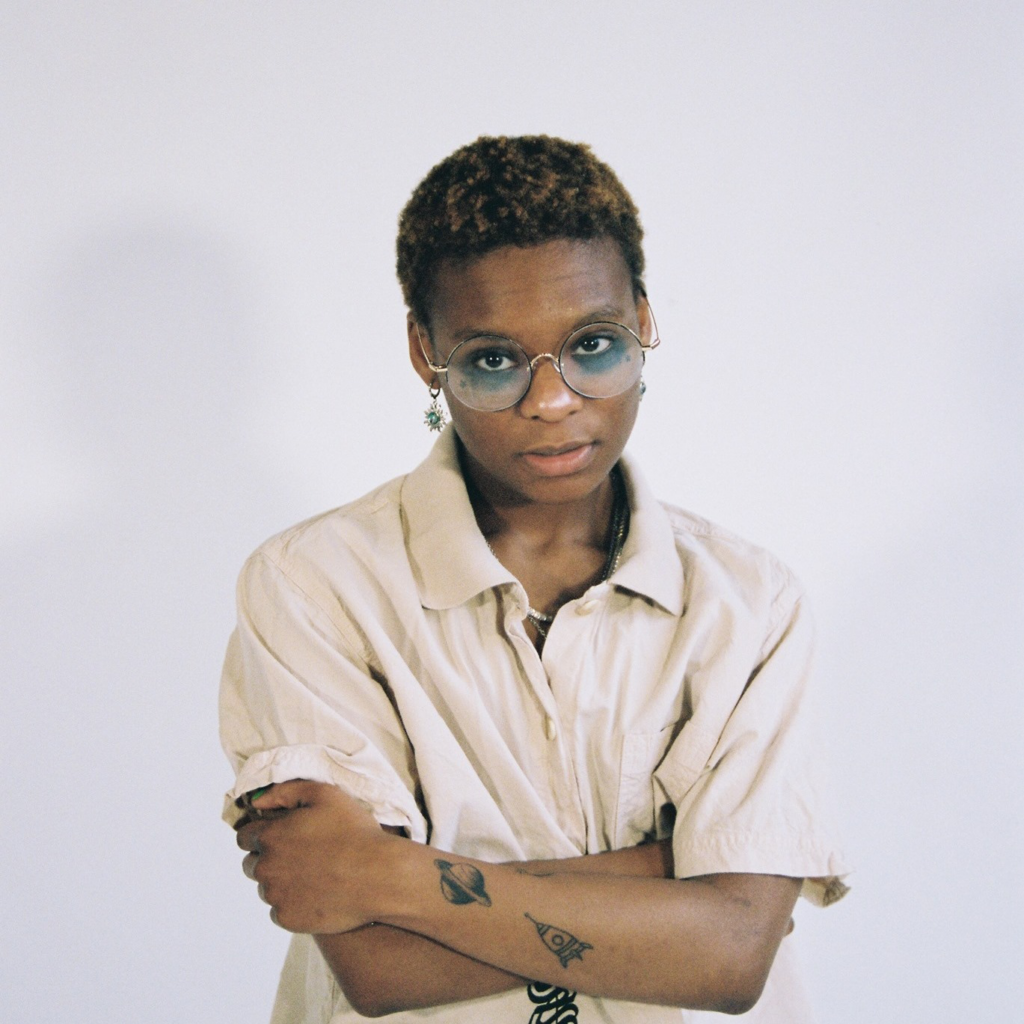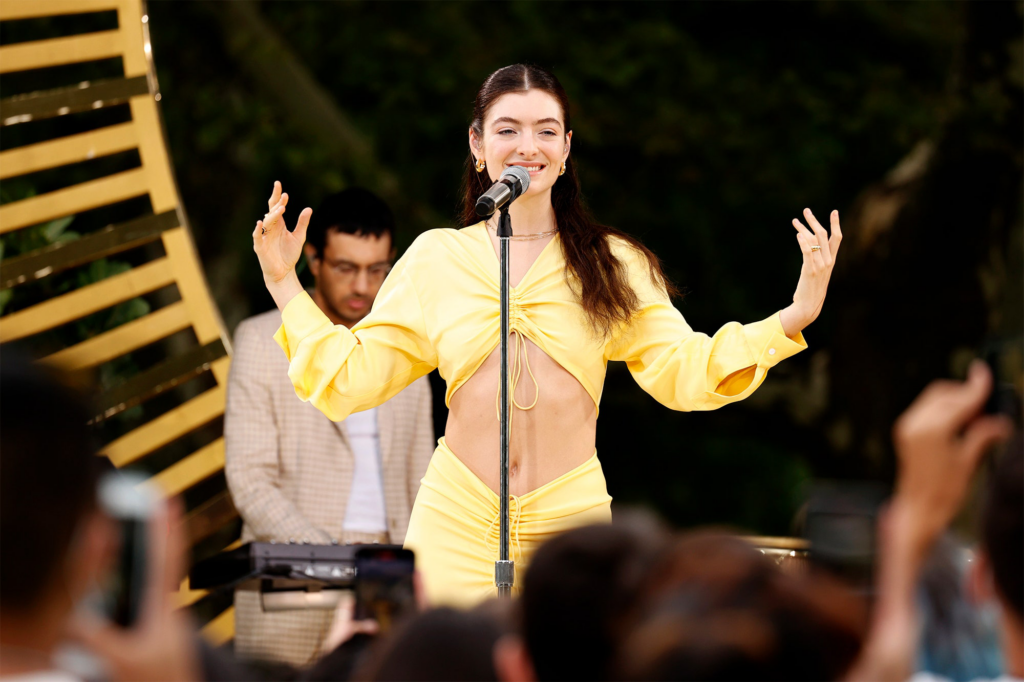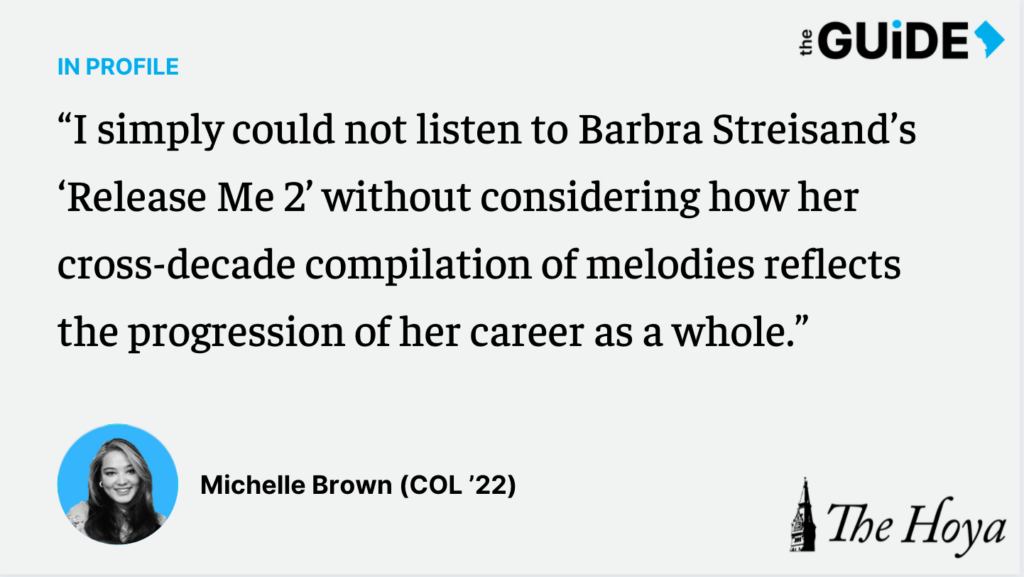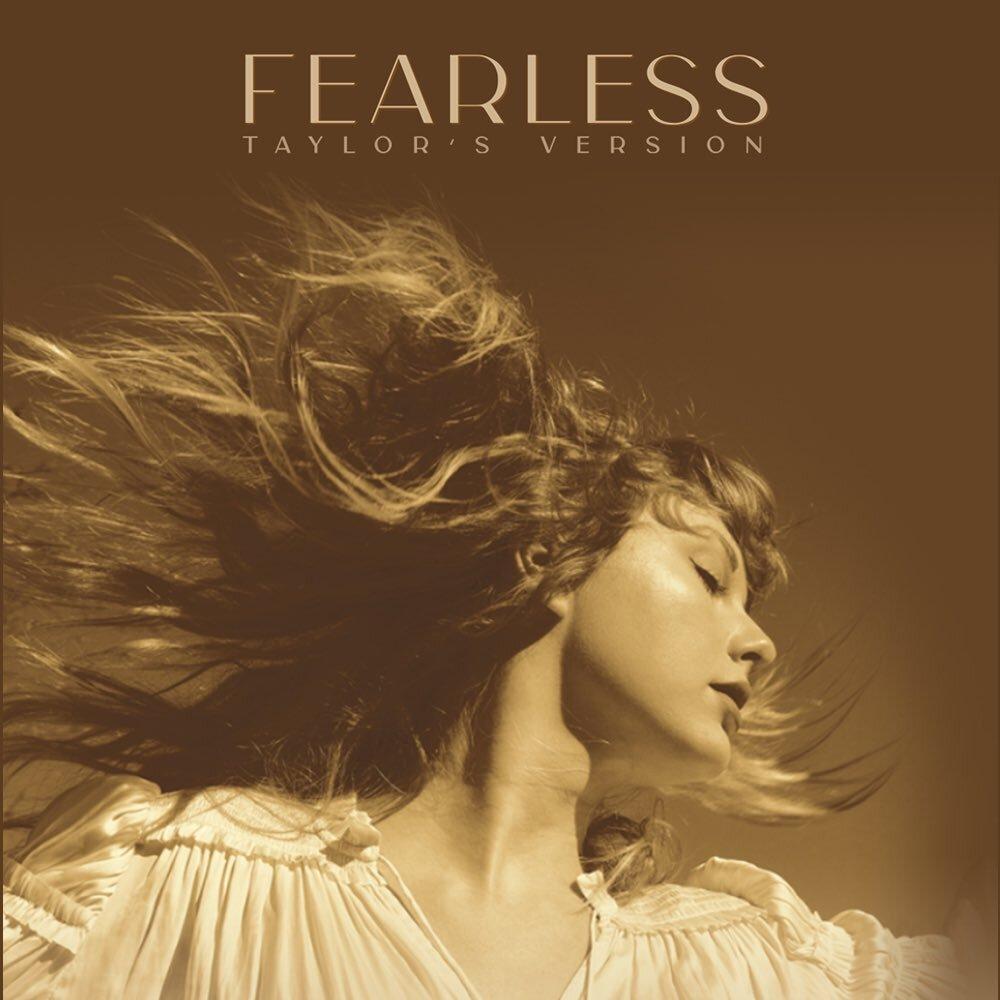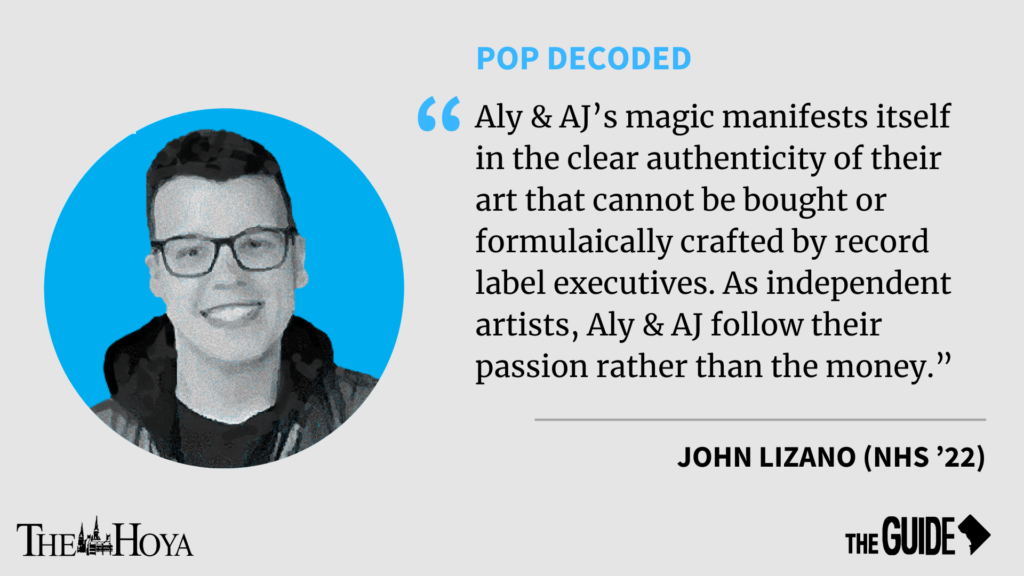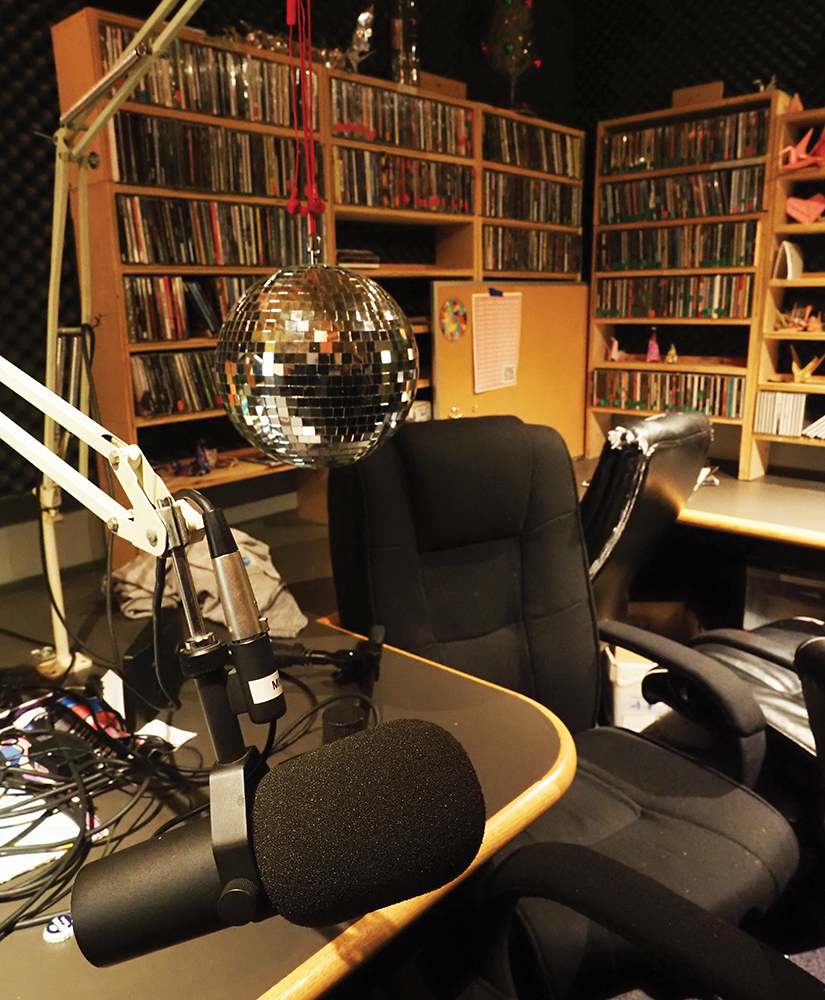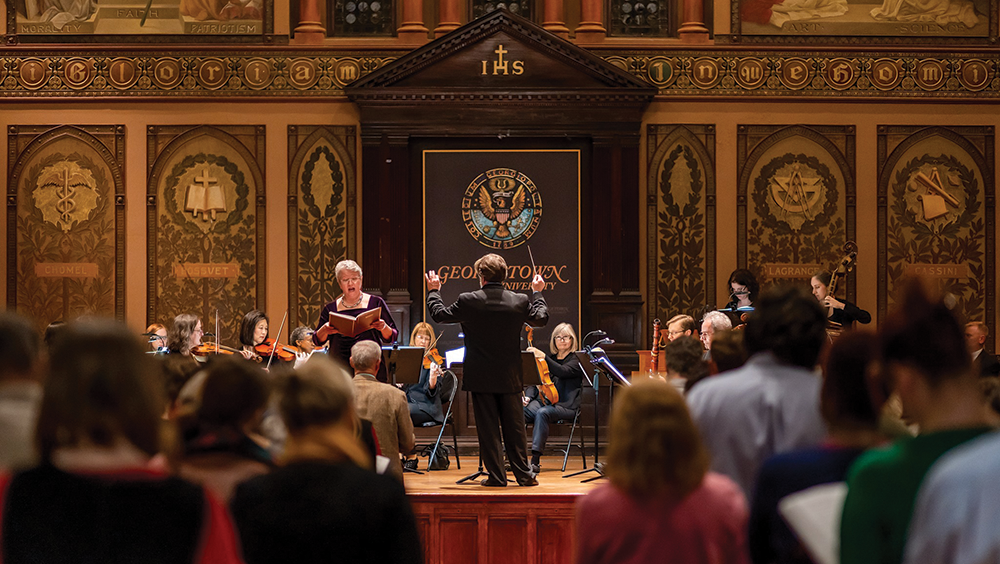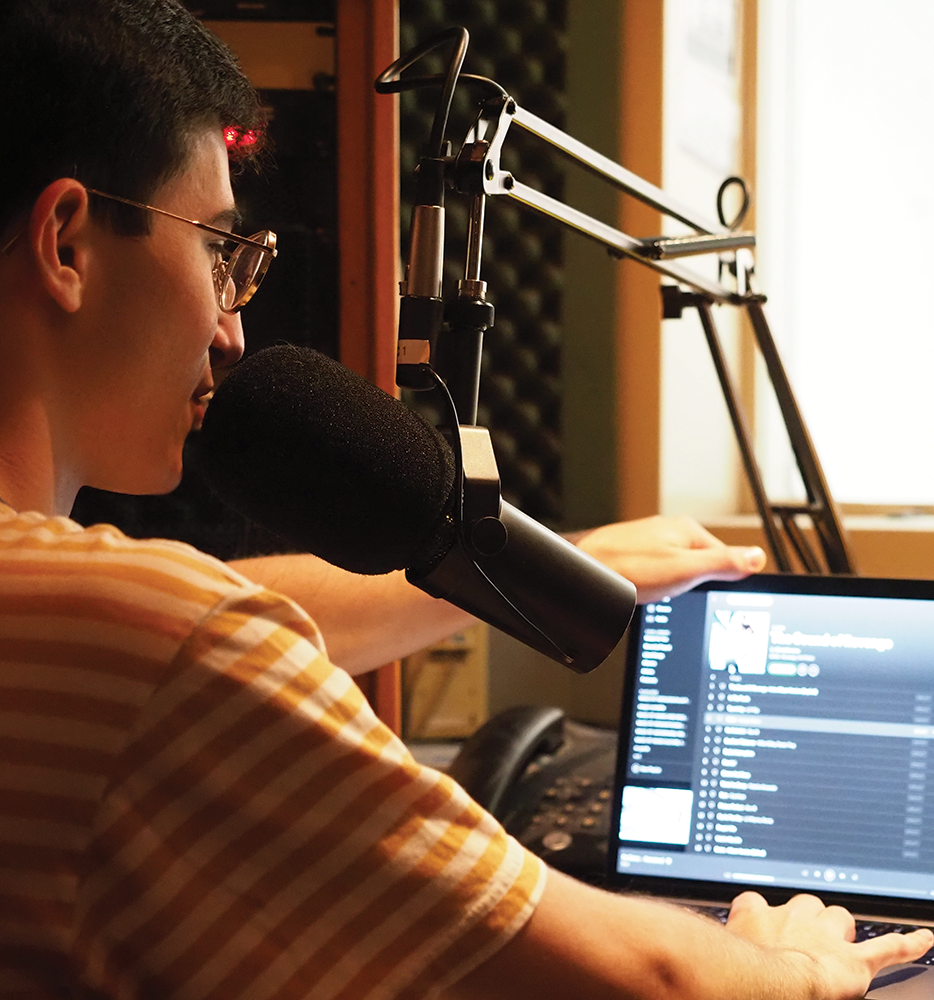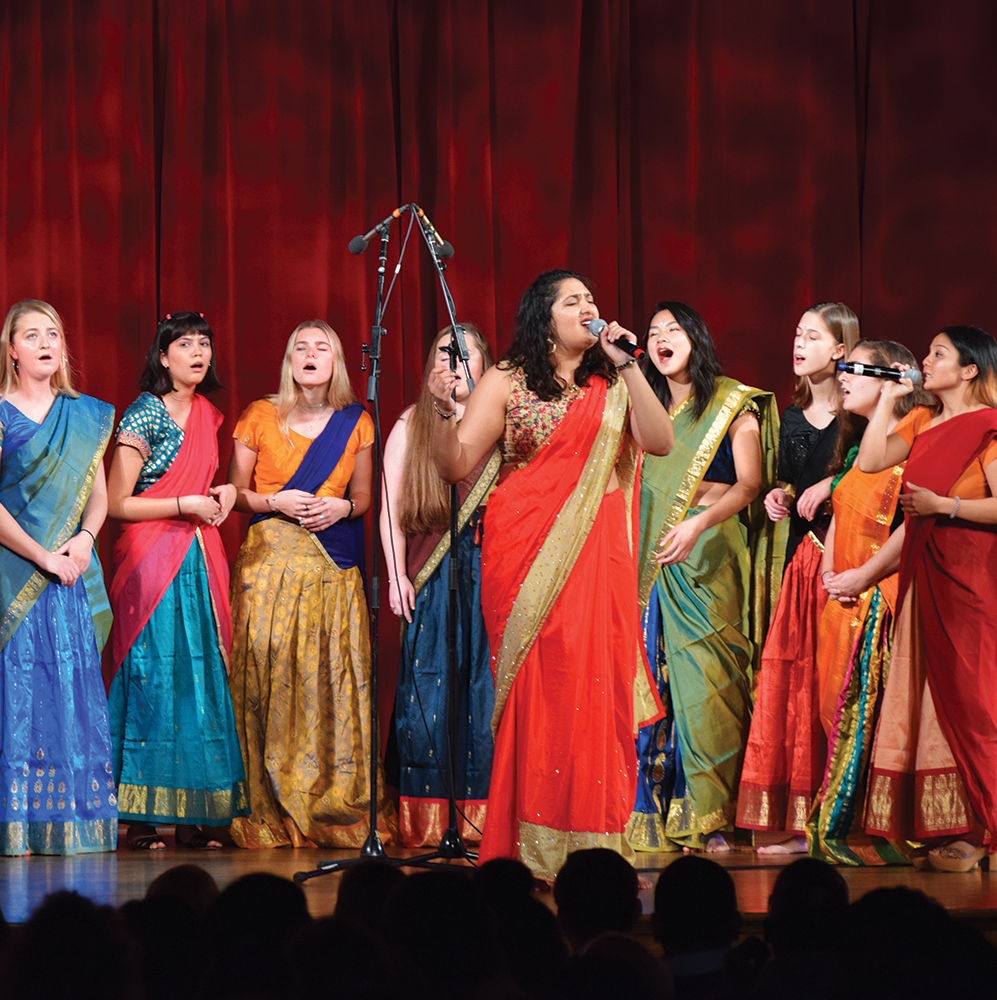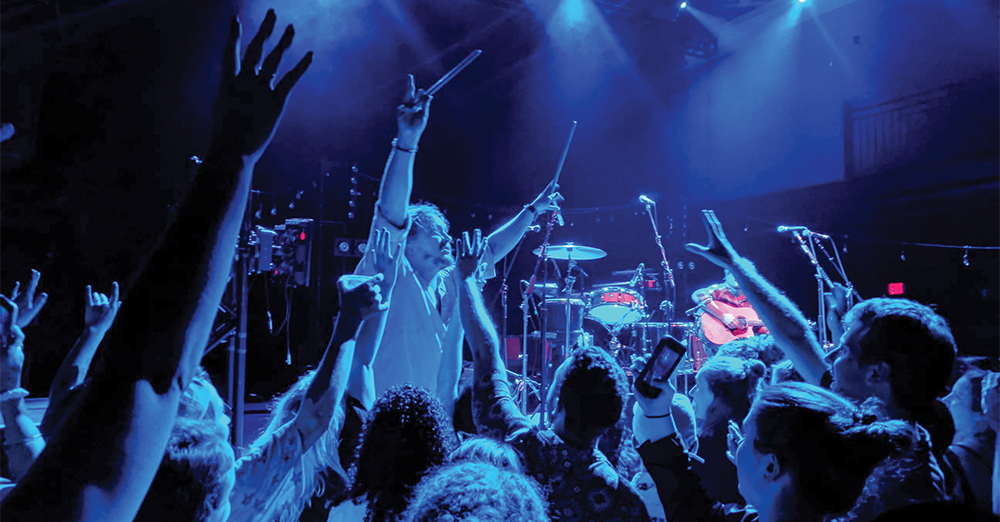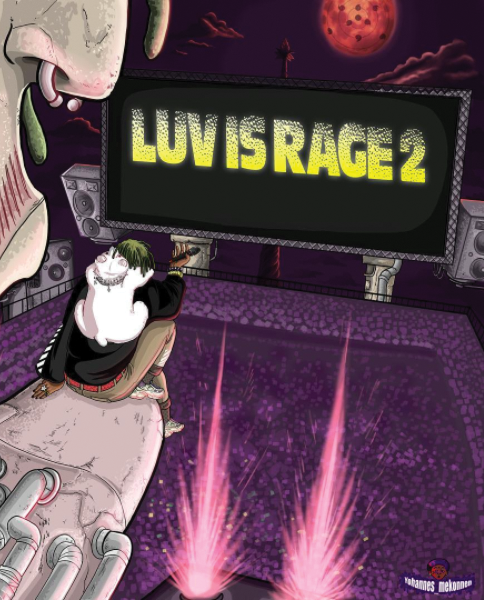From the historic, like the Lincoln Theatre, to the state-of-the-art, like The Anthem, music venues in Washington, D.C., have come to define the music culture around the District. Their histories are incredibly diverse and distinct. Though several of them originated to offer spaces for certain genres and initially operated as smaller clubs, they have slowly moved into the upper echelon of the D.C. music scene.
As more venues continue to populate the District, however, they are accompanied by an increase in the gentrification of neighborhoods, as well as shifts in the cultural scene surrounding the city’s music.
Storied Spaces
Many of D.C.’s oldest, most prominent music venues consisted of smaller, more intimate clubs that provided a space for more niche cultures. From jazz in the 1920s to punk rock in the 1990s, the District has witnessed the rise and fall of cultural hubs for different genres during the past century.
The rise of black culture in the city in the early 1920s led to the opening of some of the city’s first venues. One of the first was the Lincoln Theatre, which opened in 1922 at 1215 U Street NW and still operates today. The venue seats just over 1,200 people and has an atmosphere reminiscent of traditional theater performance.
The Lincoln Theatre was historically the center of black music in D.C., according to Jordan Grobe, the communications coordinator for I.M.P., which manages the Lincoln Theatre, the 9:30 Club, The Anthem and the Merriweather Post Pavilion.
“The Lincoln Theatre was essentially the home of what they called ‘Black Broadway’ in D.C.,” Grobe said in an interview with The Hoya. “So U Street was always sort of the hub of African American entertainment, and it was where all the real big names would come and play, so like Duke Ellington and Billie Holiday.”
As the music culture around the city continued to evolve across the 1900s beyond it’s black roots, newer venues paid tribute to these origins of music within their own history.
Located just down the street from the Lincoln Theatre at 815 V Street NW, the 9:30 Club has arguably become the most iconic music venue in the District. In 2018, Rolling Stone named the 9:30 Club one of the 10 best live music venues in the country. The venue sits in a building once owned by Ellington.
“The 9:30 Club itself originated in 1980, located at 930 F Street — that’s where it got its name, the address,” Grobe said. “Tons of bands got their start there. It was a 198-person capacity.”
The venue, which initially focused on punk rock acts and boasted performances from Green Day and The Red Hot Chili Peppers in their early days, moved to its current day 1,200-person capacity venue in 1995 and has since pivoted to include all kinds of music, just like all other I.M.P. venues.
The 9:30 Club was one of the first music venues to become a national brand, operating as a place of representation and beginnings for up-and-coming artists.
Being tied to this tradition offers a sense of legitimacy to these newer acts, according to Chris Kelly, a freelance music writer who contributes to The Washington Post and Washington City Paper.
“Playing 9:30 is a goal or milestone for most acts — to be part of that heritage and lineage that extends, in some part, back to the old F Street location,” Kelly wrote in an email to The Hoya.
Also located in the U Street neighborhood, Black Cat, located on 1811 14th Street NW, was founded in 1993 and is partially owned by Foo Fighters lead vocalist Dave Grohl. It served as a touchstone for punk culture in the District in the 1990s and now hosts shows across genres, from indie rock band Crumb to the aptly named gay AC/DC cover band GayC/DC.
The smaller, 700-person venue fosters an intimate experience between artists and audiences that many larger, newer venues cannot replicate, according to Nick Okerlund (SFS ’21), who has visited several venues across the city.
(Full Disclosure: Okerlund formerly served as a staff writer for the Guide)
“It just has a different feeling from the larger venues and you can tell it has a lot of history to it,” Okerlund said in an interview with The Hoya. “There’s just an artist-audience connection there that I don’t see in a lot of other places.”
The intimacy of these historic venues fosters their inclusivity as safe spaces for people of all identities to enjoy music in a comforting environment.
“[Venues have] always acted as a safe space for people — a place where you can just come in, see music and just enjoy yourself and forget about everything else,” Grobe said.
New in the Neighborhood
Over the past two decades, the District’s musical landscape has witnessed a surge in new venues and nightlife. Since 2010 alone, a slew of popular venues opened in the District, including U Street Music Hall in the U Street area, Echostage near Gallaudet University, and Union Stage and The Anthem at The Wharf.
The emergence of these newer venues offer uncommon sizes while pushing out competition from smaller venues. The Anthem and Echostage both serve as midsize, music-specific venues that D.C. previously lacked.
These larger venues also provide more opportunities for musical acts to visit the city, even if they may not fit the culture of the venue, according to Kelly.
“Sometimes, there are bookings that don’t seem to have the right ‘fit’ (for example, I recently saw Marina at Anthem and Charli XCX at 9:30, and think both would have been better served at the other venue), but overall, these bigger venues keep more and more varied acts in D.C.,” Kelly wrote.
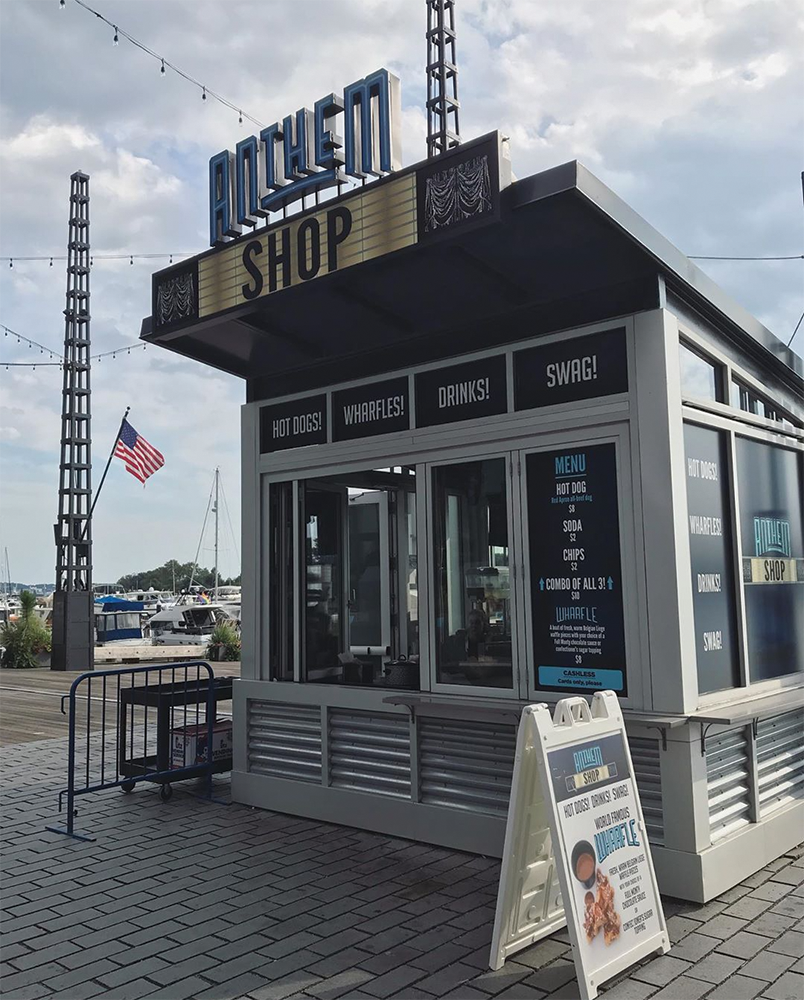
Both venues fit between 2,000 and 6,000 people and are specifically designed for music, emphasizing acoustics and concert-goer experiences. These venues allowed midsize acts to play within the District as other midsize venues are an hour away, according to Kelly.
“The Anthem and Echostage allow larger acts to come through D.C. proper and save D.C. residents from a trip to Merriweather Post Pavilion or Jiffy Lube Live,” Kelly wrote.
But reactions to these new venues have not been uniformly positive. The Anthem and Union Stage, both part of a series of new developments at The Wharf, have seen backlash as gentrification encroaches on the area.
This movement has impacted more historic venues by limiting their performers and creating a divide within the music scene, according to avid concertgoer Rachel Harris (COL ’21).
“The Anthem is a cool venue, but with the gentrification of The Wharf and all that, it’s really attracting different people than do some of the smaller, more historic venues,” Harris said in an interview with The Hoya.
The growing trend of gentrified communities and this shift in the average concert goer’s experience is not specific to The Anthem, though. In fact, the newer venues in the city actively contribute to D.C.’s changing cultural scene.
Defining the District
At the heart of music venues is the ability to reflect and shape the narratives of their city’s music culture, and D.C.’s venues are no exception.
But while certain music venues are attempting to preserve this culture — namely the rich legacy of black music in D.C. — they may not be doing it correctly or for the right reasons, according to Harris.
“I feel like venues such as the 9:30 Club, for example, do cater to some of the city’s musical culture, because it’s so close to Howard [University],” Harris said. “But I still feel like it’s ignoring the city’s culture. I don’t know how authentic it is versus how commercial it is.”
Barriers to accessing D.C.’s authentic music culture still persist, according to music enthusiast Jamal Jaffer (COL ’21).
“In terms of the city’s music, other than the go-go music that I’ve seen at the Lincoln Theatre, I don’t know how much of the city’s actual music I’ve seen — especially like hip-hop and black music in general,” Jaffer said in an interview with The Hoya.
The cultural authenticity preserved by some of D.C.’s older, more original music venues is at risk of disappearing as newer venues open across the District, according to Okerlund.
“I feel like, in the 20th century, D.C. saw almost all of its famous jazz venues run out of business or get destroyed. So a lot of that historical music in a sense has not been preserved,” Okerlund said. “I feel like we’re even seeing that now, but instead of with older jazz venues, we’re just talking about ’80s to ’90s underground venues. And I don’t know if they’ll stay around in the future.”
Despite this spotted history, these music venues foster a distinct music culture in the District, a city that can increasingly be seen as corporate or purely governmental, according to Grobe.
“We have such a thriving arts scene here,” Grobe said. “From a local music community in general, and our sculptors and our painters, you know all of the murals that you see around D.C. There’s so much to it beyond just the White House and the Capitol Building.”








